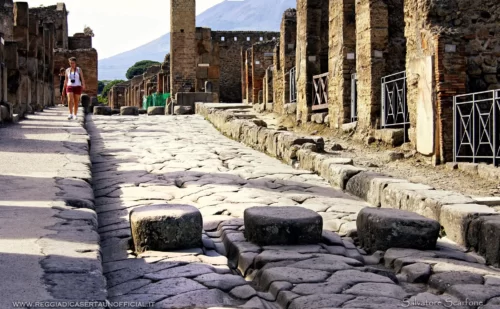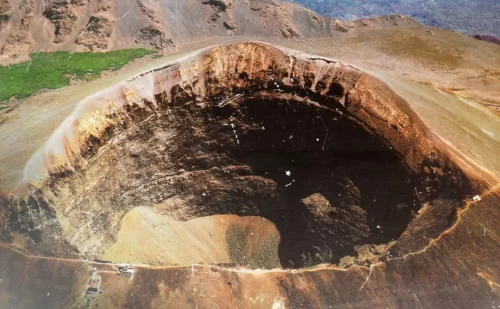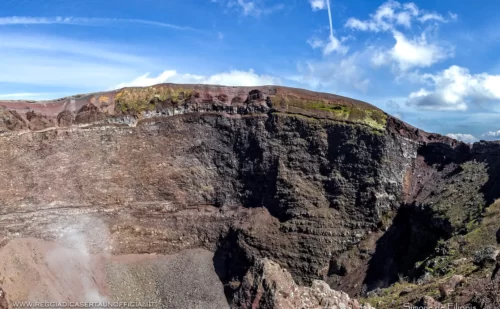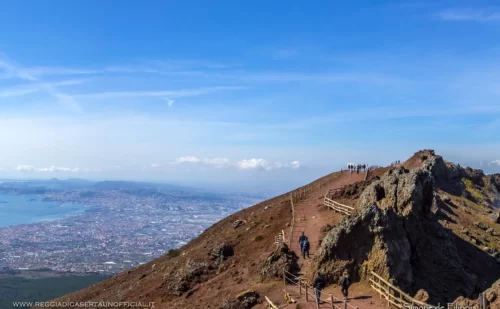Find out what to do in Vesuvius, and organize a visit to the famous volcano that destroyed Pompeii
Vesuvius
History of Vesuvius, probably the most famous volcano in the world
Vesuvius is an active volcano, located in Campania. A typical example of an enclosure volcano, it consists of two superimposed, non-concentric cones, of which the external one, represented by Mount Somma, is a volcano formed in an earlier era. Within the ancient crater of Mount Somma, the large internal cone rises, i.e. the current Vesuvius. The only remnant of the external circular cone is the Colle del Salvatore, on which the Vesuvian Observatory stands at an altitude of 608 m. Mount Somma culminates in Punta Nasone (1,132 m); the height and the crater of the current Vesuvius vary according to the phases of construction or destruction.
The eruption of 79 AD
Famous are the disastrous earthquakes of February 5, 63 AD. and of 24 October 79 AD. After a long period of inactivity, during which the slopes were covered in woods, the volcano reawakened in 79 AD. with the tragic eruption that buried Herculaneum, Pompeii and Stabia under tons of mud, ash and lava. The description of the phenomenon was handed down to us by an eyewitness, Pliny the Younger.
The eruptive activity
After 79 Vesuvius entered a habitually explosive phase, interrupted by numerous lateral effusive eruptions. On 6 December 1631, with a new phase of paroxysm, it produced catastrophic phenomena; the outpouring of lava destroyed cultivated fields, invaded the Vesuvian villages and claimed 4,000 victims. Among the most notable closing eruptions of an active period we can recall that of 19 May 1737, 1760, October 1767, 1779, 1794, 1855, 1872. The last eruption took place in March 1944, with the collapse of the sharp cone of Vesuvius immortalized by landscape painters and the devastation of San Sebastiano and Massa di Somma. In some cases the lava reached the sea, causing changes to the coastline. Since 1946 Vesuvius no longer has the characteristic “plume” of smoke.
In 1972 the Tirone Alto Vesuvio Protection Forest Reserve was established, included in the Vesuvius National Park in 1991.
The current, prolonged period of inactivity (the only visible manifestations are the fumaroles inside and outside the crater) is subject to vigilant monitoring by experts, above all because the volcano stands in one of the most densely populated areas in Italy.
Activities available for Vesuvius
Find out what to do in Vesuvius, perhaps a panoramic walk on the famous volcano that destroyed Pompeii
Documentaries
Watch documentaries about Vesuvius volcano and the famous eruption that destroyed Pompeii, Herculaneum and Stabiae
Find your hotel
Why wait until the last minute? Search now for your hotel in any city in Italy, Naples, Caserta, Sorrento, Capri etc





